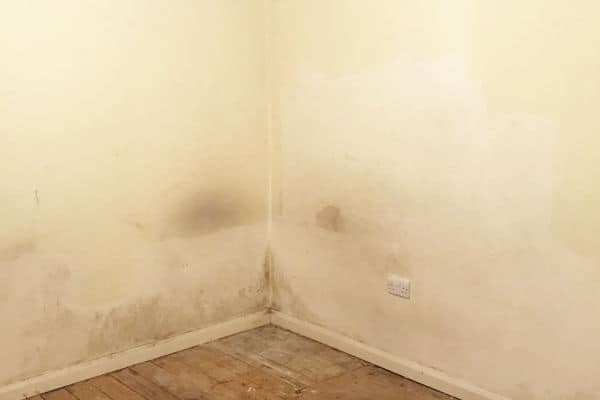
Damp in Kensington Homes
 Damp Home Repair in Kensington
Damp Home Repair in Kensington
The Royal Borough of Kensington and Chelsea is synonymous with historic and grand architecture, generous and elegant living spaces and is probably the most exclusive London borough with its exclusive shops, world-class museums and stunning parks. It is the smallest borough but the most densely populated, despite its accompanying price tag.
Kensington’s exclusivity is perhaps rooted in its royal links – Henry VIII built a home where some of his wives lived and Queen Victoria was born and continued to reside here. Many of its buildings bear the signs of the Victorian building styles still favoured today: stuccoed fronts, impressive mansion blocks, and terraced rows filled with Victorian features such as high ceilings, beautiful fireplaces and well-proportioned rooms.
Although the buildings themselves stand strong, they are susceptible to structural failings, age-related problems and general wear and tear. They deserve to be kept in as good a state of repair as possible to ensure they retain their value and longevity. Many issues faced by today’s property owners stem from the actual materials the Victorians and their predecessors used to construct many of Kensington’s buildings: London clay bricks, lime mortar, cast iron, leadwork and slate.
Damp proof courses fail because they were constructed from slate and glass or were non-existent; many basements and cellars, which are now hugely popular, are highly susceptible to penetrating and rising damp because they were built without tanking or any similar protection from the surrounding damp earth; and building repairs carried out with modern supplies sometimes compromise the original materials, causing water ingress and damage.
No matter how big or small your concern, it will pay in the long term to seek professional advice and conserve your home or property for the long term. Call London Damp Specialist for a complete professional survey.
Recent Posts
Tags
What happens next?
Call London Damp Specialists on 020 7458 4864.
Alternatively, you can book a survey online by completing your details below.
Once you have submitted the form, one of our surveyors will be in touch with you to discuss your problems within 24 hours.
Your free, no obligation damp survey will typically only take between 15 to 30 minutes.
30 year guarantee We also offer a 10 year insurance backed guarantee.
Free damp survey No obligation survey with detailed reports and quotations
Experienced & qualified Team qualified to industry standards (CSRT & CSSW)
Fully insured Public liability limit of indemnity £5million









